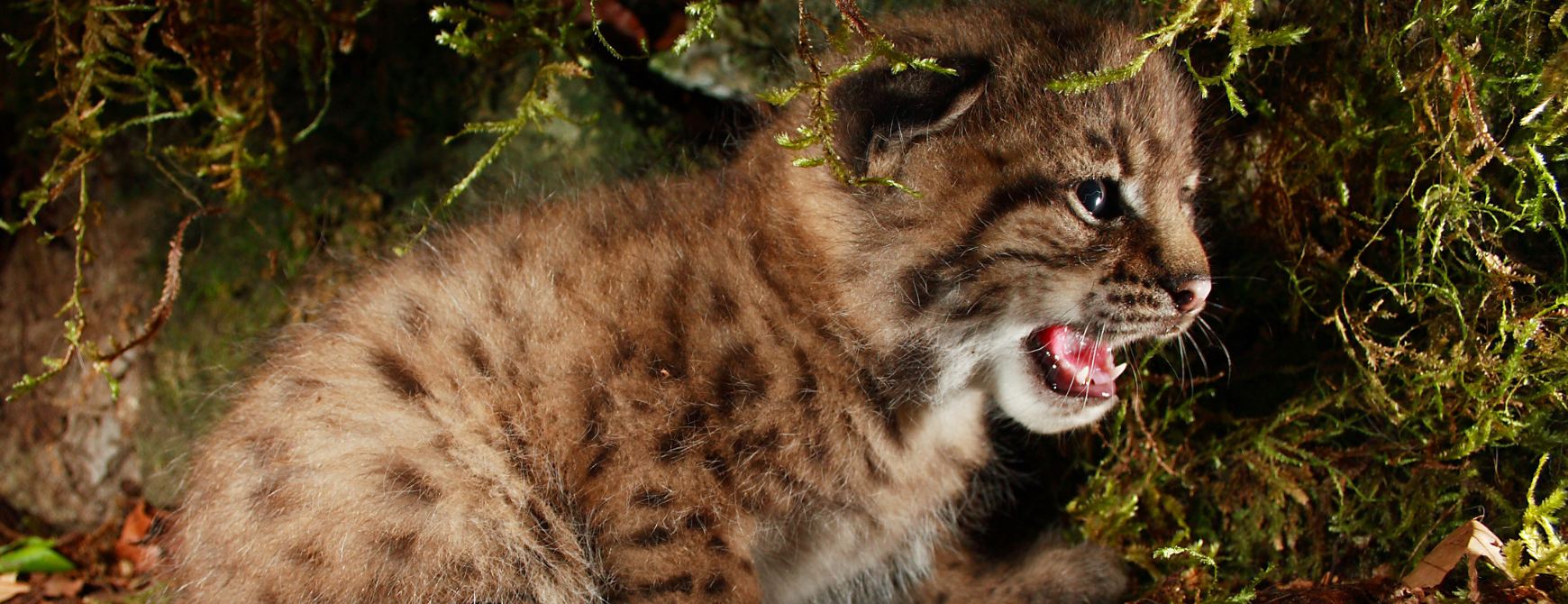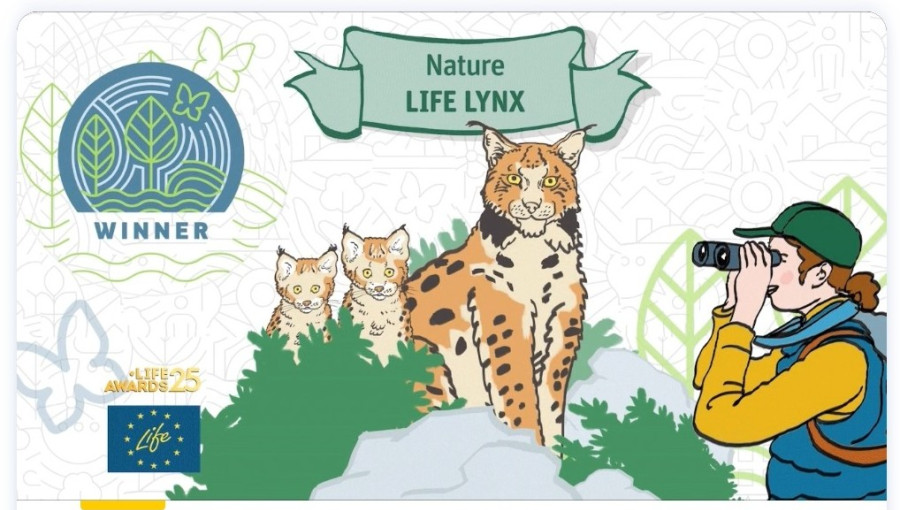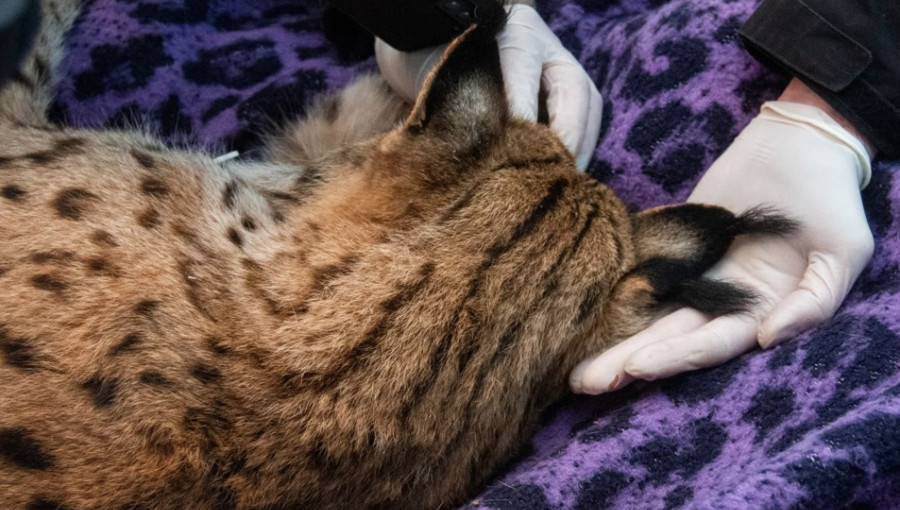The LIFE Lynx project has won two prestigious awards

dr. Miha Krofel
Date of publication:
The LIFE Lynx project, in which the University of Ljubljana participated as a partner, received two prestigious LIFE 2025 awards. The expert jury declared it the best project in Europe in the category “Nature Conservation and Biodiversity,” and it was also chosen as the best by the audience.
The Audience Award at the LIFE Awards ceremony represents an important recognition of our transparent communication with local stakeholders and close cooperation with local communities. At the University of Ljubljana, within the framework of local advisory groups, we regularly addressed any concerns of the local population and supported some of their initiatives, which contributed to greater involvement and a sense of shared responsibility for lynx conservation. Such an approach significantly contributes to the long-term preservation of the species.
dr. Marjeta Konec, Reasercher, UL BF
The project at the University of Ljubljana was coordinated by Marjeta Konec, a researcher at the Biotechnical Faculty, and the Veterinary Faculty was also involved. The lead partner is the Slovenian Forestry Institute. The award was accepted by its director, Gregor Danev and the project coordinator Rok Černe: “This award is a confirmation of the hard work and dedication of all project partners committed to preserving healthy forests, where lynxes are an indispensable part. I am pleased that the LIFE mechanism has enabled the survival of lynxes in our forests,” said Gregor Danev.
The expert jury was particularly impressed by the Project’s active involvement of stakeholders, especially hunters, in preventing the lynx from another extinction.
The expert award is also a recognition of our research work, during which we monitored the lynx settlement using scientific methods. The ongoing analyses carried out at the University of Ljubljana throughout the project were crucial for guiding field activities and thus for the greater success of lynx reintroduction. At the end of the project, we demonstrated a significant reduction in inbreeding and an increase in lynx density, which gives the Eurasian lynx good prospects for long-term survival.
dr. Marjeta Konec, Reasercher, UL BF
In almost seven years, the project translocated 18 lynxes to Slovenia and Croatia and recorded more than 50 offspring by the end of last year. In the Southeastern Alps, the introduced lynxes have established a connecting population, which is the first step towards the long-term conservation of lynxes in this part of Europe.
The success of the project is also confirmed by studies that evaluated the effectiveness of the LIFE Lynx and ULyCA2 projects. Within these projects, a total of 22 Carpathian lynxes were translocated to the Dinaric Mountains and the Alps. The studies carefully monitored the effects of the translocations on the lynx population, the environment, and the opinions of local residents over several years.
The results showed that the majority (68%) of translocated lynx successfully integrated into the population and at least 59% managed to reproduce. The successful integration was also reflected at the population level, as the declining trend has reversed and lynx densities increased by 44% in the Slovenian and Croatian Dinaric forests between 2019 and 2023. Already in the first years, a significant reduction in the inbreeding rate has been observed, thus mostly eliminating the main threat to the population. Transparent communication and close cooperation with hunters and local communities have contributed significantly to the success of the project, as the high level of support for lynx conservation and translocation has been maintained throughout the years of conservation efforts.
"All the data collected showed that saving the lynx population has been more than successful. We have given the species a good chance of persisting in our forests and mountains for decades to come," said Dr. Miha Krofel from the Biotechnical Faculty, who led the study published these days in the scientific journal Ecological Applications.
Original articles:
- Krofel, M. in sod. 2025. Multidisciplinary monitoring and stakeholder engagement support large carnivore restoration in human-dominated landscape. – Ecological Applications, 35: e70052.
- Fležar, U. in sod. 2025. Hunter-engaged monitoring of the Eurasian lynx during the reinforcement process. – Wildlife Biology, e01399.
- Pazhenkova, E. in sod. 2025. Genetic rescue of the Dinaric lynx population: insights for conservation from genetic monitoring and individual-based modelling. – Evolutionary Applications, 18: e70045.




